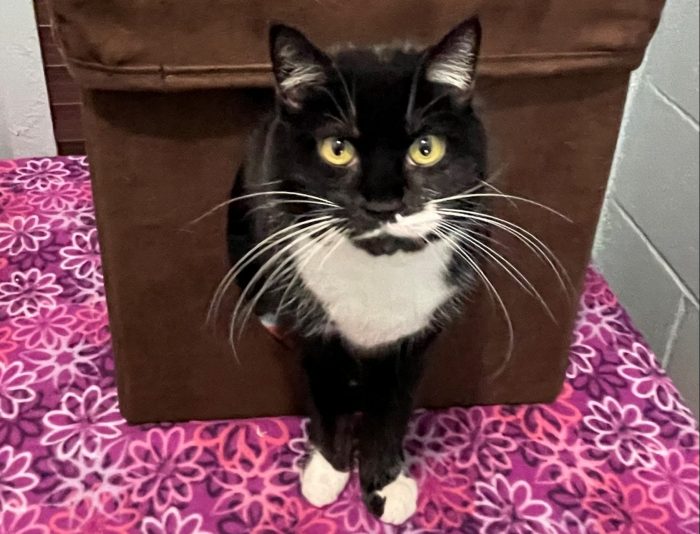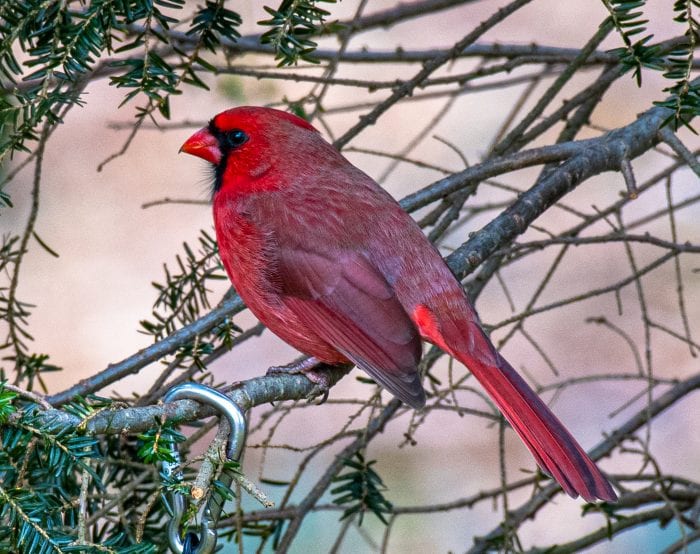By Matthew Kearns, DVM
 It’s wonderful to see so many puppies and kittens that were purchased or adopted during COVID. Sometimes they come with some unwanted traveling companions like intestinal parasites. Diagnosis and treatment of intestinal parasites is important because some carry zoonotic potential (potential to be passed from animals to humans). Here is a short list of intestinal parasites carried by puppies and kittens.
It’s wonderful to see so many puppies and kittens that were purchased or adopted during COVID. Sometimes they come with some unwanted traveling companions like intestinal parasites. Diagnosis and treatment of intestinal parasites is important because some carry zoonotic potential (potential to be passed from animals to humans). Here is a short list of intestinal parasites carried by puppies and kittens.
Roundworms: Roundworms are very common. They are transmitted from mother to offspring either in the womb, or shortly after birth through the milk. Signs of roundworm infestation are chronic intermittent vomiting and diarrhea, lack of weight gain, a pot belly, anemia and intermittent passage of worms. The risk of zoonosis is low because all one has to do is wash one’s hands but for very young children hand to mouth is very common. The main complication in humans is called larval migrans, referring to the parasite migrating from the intestines into other organs such as the eyeball, central nervous system, lungs, liver, etc.
Hookworms: This parasite is less common than roundworms and also causes an upset stomach (symptoms similar to roundworm) and anemia. The zoonotic concern associated with hookworm is called cutaneous larval migrans. Hookworm can actually penetrate the skin and lead to painful rashes.
Tapeworms: This parasite can lead to severe diarrhea and poor weight gain in puppies and kittens. With tapeworm in adult dogs and cats most times one will only see tapeworm segments passed. Segments appear to look like small rice segments and sometimes move around. Zoonotic concern of tapeworms will usually cause chronic diarrhea and abdominal pain but rarely these worms can migrate to the liver or lungs with serious complications.
Whipworms: This parasite is not one that is zoonotic but can cause significant disease in dogs (cats are not affected). Adult whipworm lives in the large intestine and symptoms include diarrhea (many times bloody), cramping, lethargy, and straining to defecate. Whipworm eggs can survive for years in the environment under extreme conditions. This means that even after treatment your property is permanently contaminated and you should monitor your dog for repeat infections.
Coccidiosis: This parasite is also one that is not zoonotic but can lead to significant disease in puppies and kittens such as diarrhea, abdominal pain, poor weight gain, and dull, crusty coat.
Protozoal: The two most common protozoal infections seen in dogs and cats are Giardiasis and Toxoplasmosis which are both zoonotic. Giardia will lead to diarrhea and abdominal pain. Toxoplasmosis is more common in cats and can lead to diarrhea, vomiting but also central nervous system problems. Toxoplasmosis is zoonotic and has been linked to birth defects in pregnant woman but there are some simple precautions to avoid exposure. Talk to your veterinarian, as well as your physician before you make any drastic decisions.
Although most shelters, animal rescues, and breeders/pet shops routinely treat for parasites, it is always a good idea to have a stool sample checked through your regular veterinarian at the first checkup (for their well-being and ours).
Dr. Kearns practices veterinary medicine from his Port Jefferson office and is pictured with his son Matthew and his dog Jasmine.

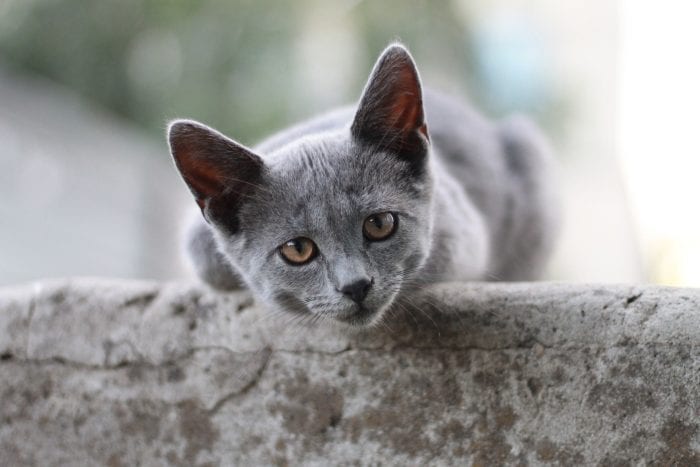
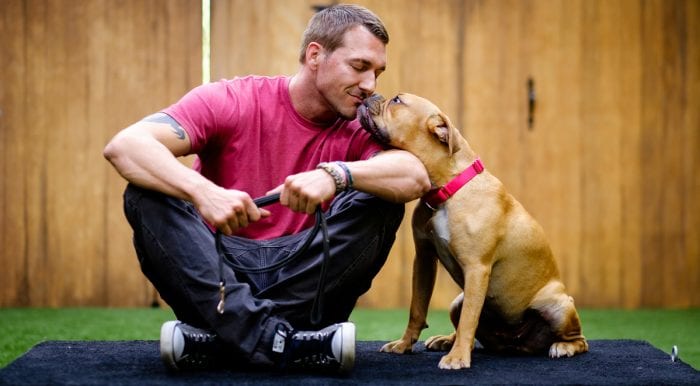


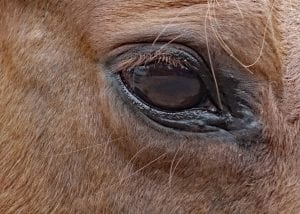
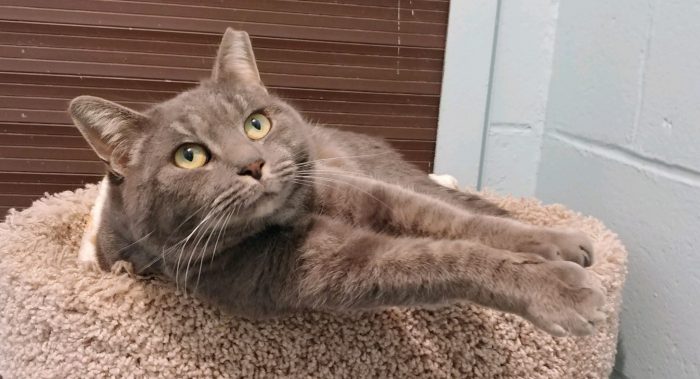
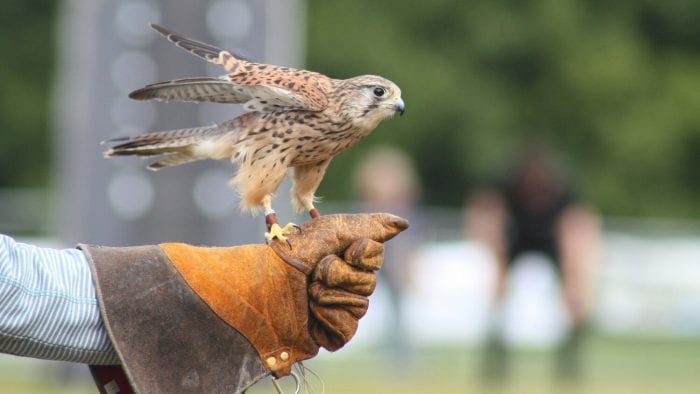
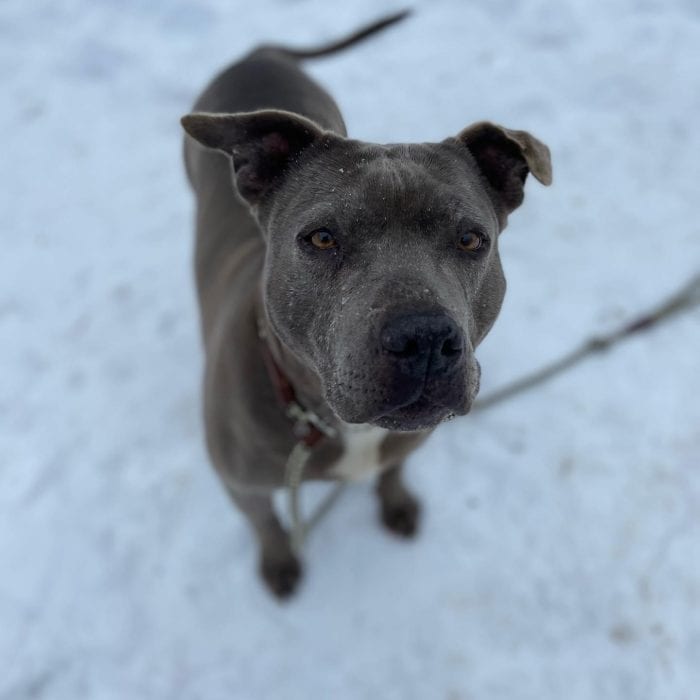
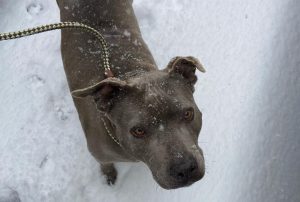 This week’s shelter pet is Angel, a 7 year old Blue Nosed Pit Bull that has been at the Smithtown Animal Shelter for 2.5 years. Affectionate and goofy. Angel adores most people, car rides, destroying stuffed animals and, above all, FOOD!
This week’s shelter pet is Angel, a 7 year old Blue Nosed Pit Bull that has been at the Smithtown Animal Shelter for 2.5 years. Affectionate and goofy. Angel adores most people, car rides, destroying stuffed animals and, above all, FOOD!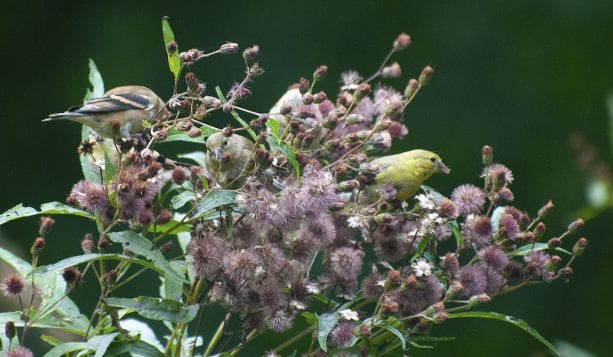

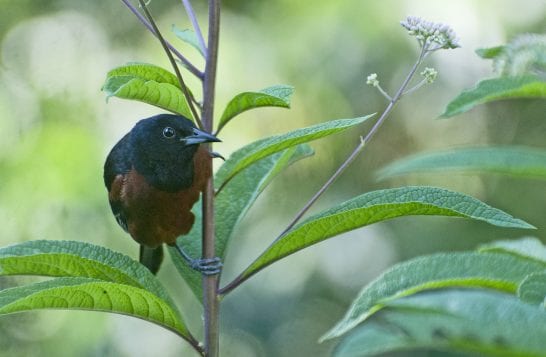
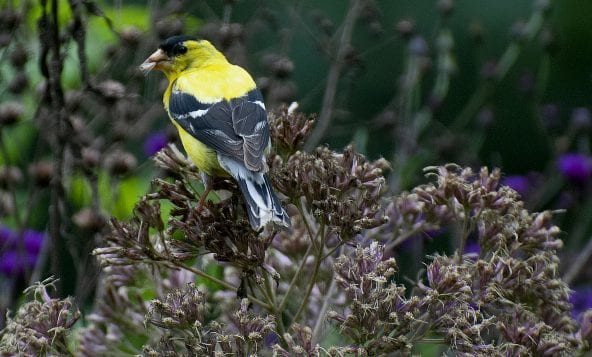
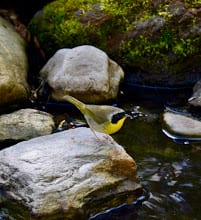
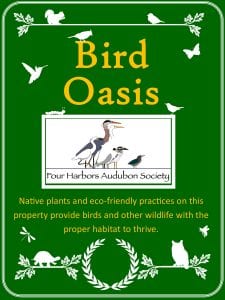 In 2018, the Suffolk County Department of Economic Development & Planning published its 2016 Land Use Study. In the report, Brookhaven Township and Smithtown Township had 27% and 17% recreational and open space, respectively.
In 2018, the Suffolk County Department of Economic Development & Planning published its 2016 Land Use Study. In the report, Brookhaven Township and Smithtown Township had 27% and 17% recreational and open space, respectively.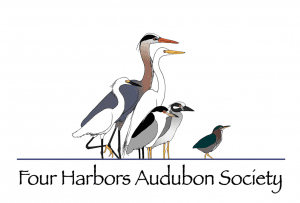 Four Harbors Audubon Society is a local chapter of the National Audubon Society.
Four Harbors Audubon Society is a local chapter of the National Audubon Society.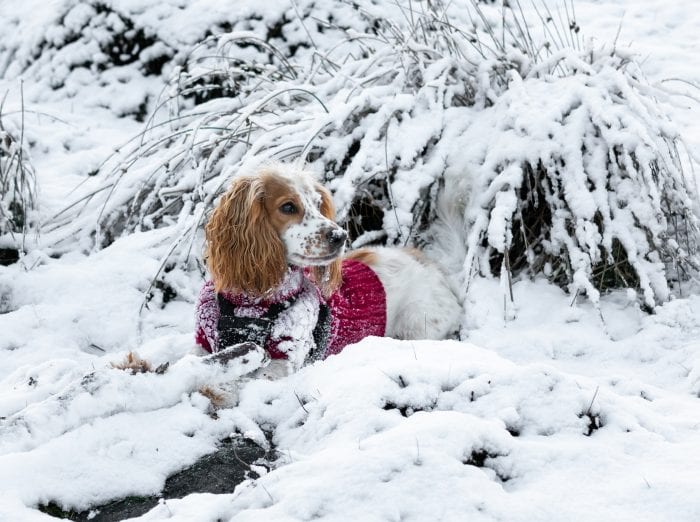
 Arthritis is a condition that will be exacerbated by cold weather just the same as humans. Arthritis is also complicated by weight gain and weight gain is common in pets in cold winters due to inactivity. Consider giving a little less food and be very judicious with treats (COVID has fattened up some pets at our practice with owners working from home). Pets with arthritis are more likely to slip on snow or ice so make sure to clear a path for them when they go out and assist them if necessary. Joint supplements are excellent year-round but, if you have forgotten to continue through the winter we recommend restarting immediately.
Arthritis is a condition that will be exacerbated by cold weather just the same as humans. Arthritis is also complicated by weight gain and weight gain is common in pets in cold winters due to inactivity. Consider giving a little less food and be very judicious with treats (COVID has fattened up some pets at our practice with owners working from home). Pets with arthritis are more likely to slip on snow or ice so make sure to clear a path for them when they go out and assist them if necessary. Joint supplements are excellent year-round but, if you have forgotten to continue through the winter we recommend restarting immediately.